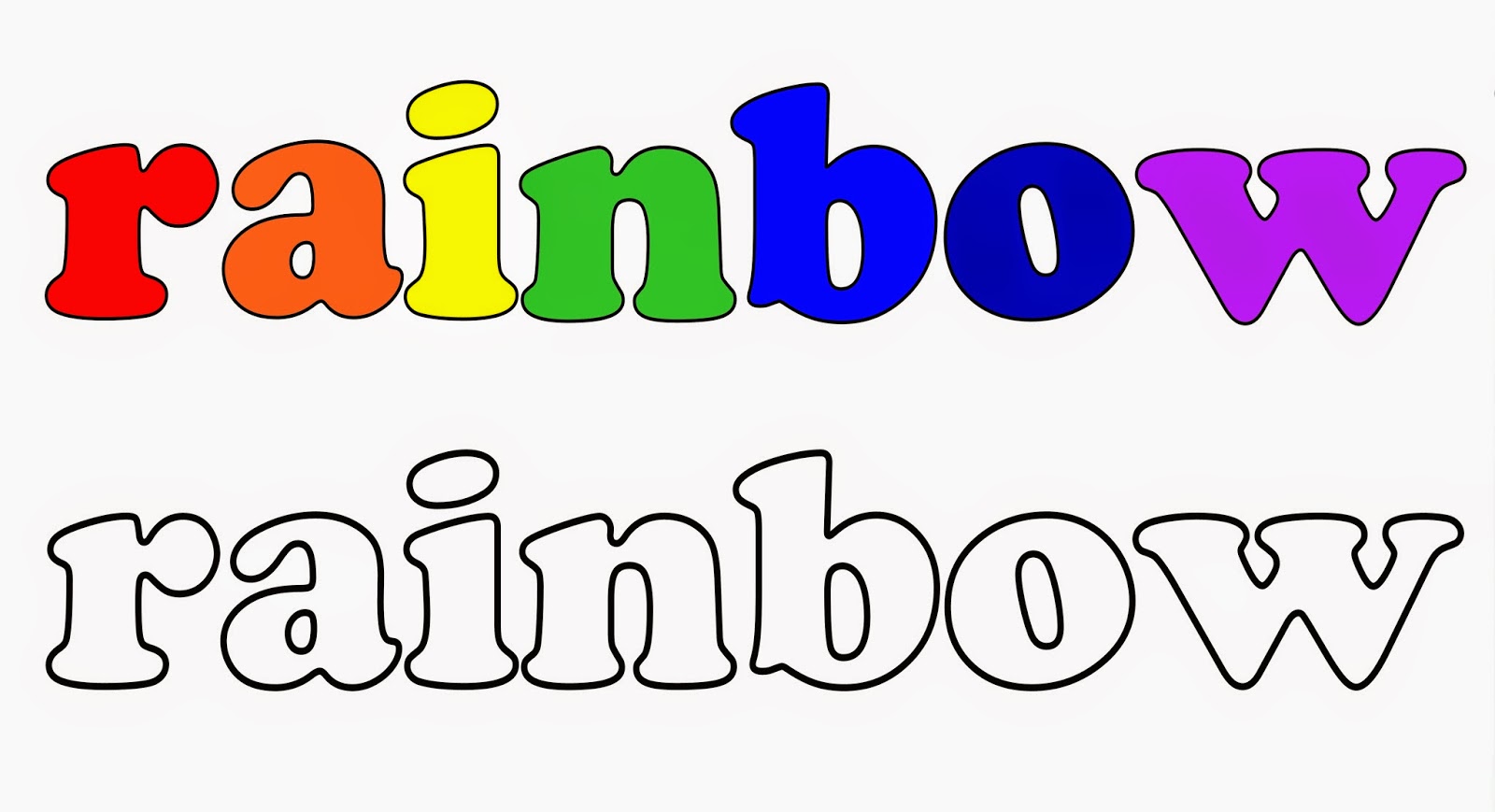Fancy
Schmancy Words—Embrace or Avoid?
When choosing books for the younger readers in your life, how do you
select the reading material? Do you choose books with a formula based on
phonetic patterns? Do you seek books with that utilize mainly CVC and leveled high
frequency words? Or, do you embrace books that have words that are a bit edgy,
unfamiliar, and describe outside-the-box concepts?
Tyrannosaurus
Pinkalicious
Transformers
All
of the words listed above qualify as words that are NOT high frequency words or
the typical CVC words that often come to mind when choosing early reading
material. They contain difficult letter combinations, are unique, and contain
multiple syllables. Yet, many if not most children in their early stages of
reading can probably tell you what those words are—in or out of context. So
begins the debate. Is a phonetic approach to reading best or should children be
presented with reading material that focuses on use of context and picture clues?
In reality, the best approach may be a combined approach. Debates will always
continue on this subject. However, remember that in order to raise avid readers
that can devour books as fast as they devour a slice of watermelon on a hot
summer day—we must encourage budding readers to expand their reading vocabulary
by presenting material that includes words that POP off of the pages.
When
my oldest son was a mere toddler, he would sit for hours listening to and ‘reading’
stories that contained what I refer to as Fancy
Schmancy words—words that bring a
story to life, with or without the illustrations. Stories that have these types
of words sprinkled across the pages are the stories that kids remember. (Dr. Seuss, what is a vug anyway? J)
For example, which sentence
is more interesting?
When the balloon popped, the children
ran away in different directions.
OR
When the balloon burst, the children
scattered.
The second sentence is
shorter, but paints a more vivid picture for the reader—no illustration
required.
If
your child selects a book with words that are unfamiliar, there are many ways to
help your child add that word to their reading vocabulary.
1.
After you finish the book with your child, go on a fancy schmancy word scavenger hunt to identify new and interesting
words.
2.
Act out the words that you and your child have identified. Example: Once a
child sees a dripping, runny, scoop of ice cream plop onto a hot sidewalk, they
will definitely remember the meaning of that word.
3.
After your child acts out the words, have your child tell another child what
that word means, in their own words. Learning the formal definition of a word is much
different than attaching a personal meaning to that word.
4.
Illustrate the new words. This activity not only helps the child locate a word
in text, but also taps into his or her imagination as well as practice fine
motor skills.
Below are some examples of attaching a visual meaning to an unfamiliar word.
So, as Children’s Book Week (May
12-18) continues, please remember to select books that will be fun, memorable,
and stretch the vocabulary of the young readers in your life.
For
the record, I’d choose Fancy Schmancy.





No comments:
Post a Comment